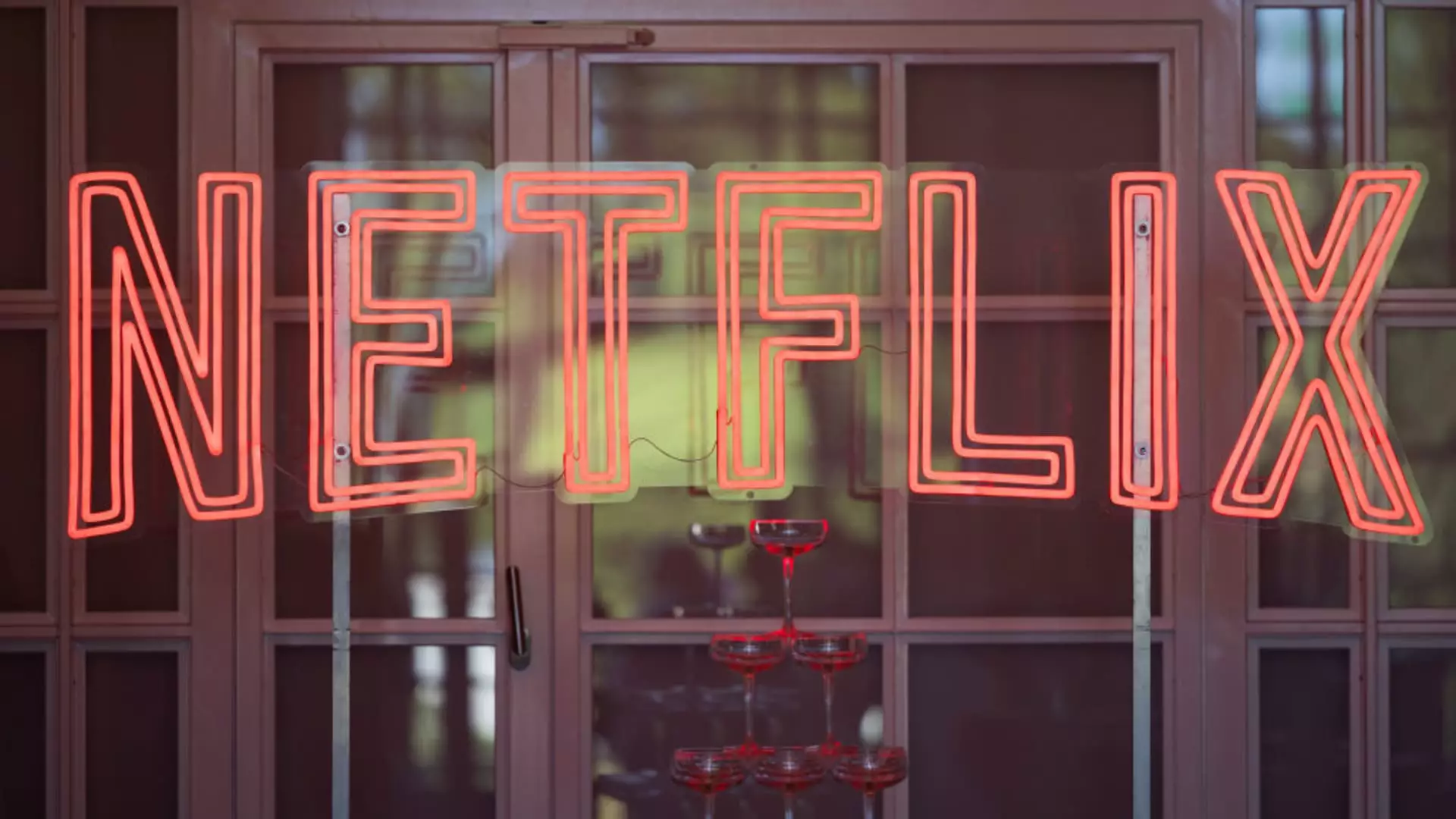Netflix has recently announced significant price hikes across its subscription plans in the United States and various international markets, including Canada, Portugal, and Argentina. This decision represents a pivotal moment for the streaming giant, sparking discussions regarding pricing, consumer loyalty, and the competitive landscape of the streaming industry.
Analyzing the Price Adjustments
Effective immediately, Netflix’s standard ad-free plan will see its monthly fee rise from $15.49 to $17.99. The new ad-supported tier, designed to attract budget-conscious subscribers, will increase by a dollar, moving from $6.99 to $7.99. Meanwhile, the premium plan will cost subscribers an additional two dollars, going up from $22.99 to $24.99. These price hikes come at a time when streaming services are increasingly prioritizing profitability amidst an increasingly competitive market.
The rationale for these adjustments lies in Netflix’s substantial content queue slated for release in 2025, as highlighted during the company’s recent investor call. Co-CEO Ted Sarandos indicated that the streaming platform is committed to bolstering its library with engaging and original material that justifies these price increases. The introduction of fresh, high-quality content is crucial because, without it, consumers are less likely to accept higher fees, especially when they have multiple streaming alternatives available.
The current trajectory of Netflix’s pricing also reflects broader market dynamics within the streaming sector. Other major players such as Disney+ and Max have also implemented similar price increases. Streaming companies are grappling with the dual challenges of rising operational costs and the need to enhance profitability. The introduction of ad-supported plans signifies a strategic pivot toward a revenue model that mirrors traditional television, where advertisements contribute significantly to revenue streams.
As Netflix and competitors adjust their pricing, they must also navigate the ever-present risk of prompting subscriber churn. The last price increase for Netflix’s standard ad-free option occurred in 2022, while other tiers have continued to adjust in response to market feedback. Taking this into account, it’s apparent that the company is keenly aware of the delicate balance between maintaining customer loyalty and ensuring fiscal health.
Another critical aspect influencing Netflix’s increased pricing structure is their proactive stance against password sharing. In a move to enhance subscriber numbers and revenue, Netflix has introduced measures to limit password sharing among users. This has included the option for subscribers to add “extra members” to their accounts for a fee, which is set to rise from $7.99 to $8.99 for standard plans. Meanwhile, the ad-supported tiers remain unchanged regarding extra member fees.
The company reported significant growth, adding a record 19 million paid memberships in the fourth quarter, pushing its total subscriptions to over 300 million globally. This surge correlates directly with Netflix’s recent decisions. By instituting controls around account sharing, they not only secure more revenue but also reinforce the value of their service in the eyes of paying customers.
As Netflix rolls out these price increases, the immediate question revolves around consumer reaction. Historically, subscribers exhibit a volatile mix of loyalty and price sensitivity; thus, Netflix must remain vigilant in its content offering and customer service to mitigate potential backlash. The effectiveness of upcoming original series and films will play a pivotal role in sustaining subscriber interest and satisfaction.
Netflix’s recent price increases are more than mere economic adjustments; they signify a strategic reorientation aimed at navigating a profoundly competitive landscape while pursuing sustainable growth. The decisions made today will likely dictate the platform’s market position moving forward, compelling Netflix to continuously innovate and ensure its offerings remain compelling, thereby retaining and expanding its subscriber base amid a price-sensitive audience. The effectiveness of these changes will be seen in the coming months, as consumer habits evolve in response to both pricing and content strategies.

